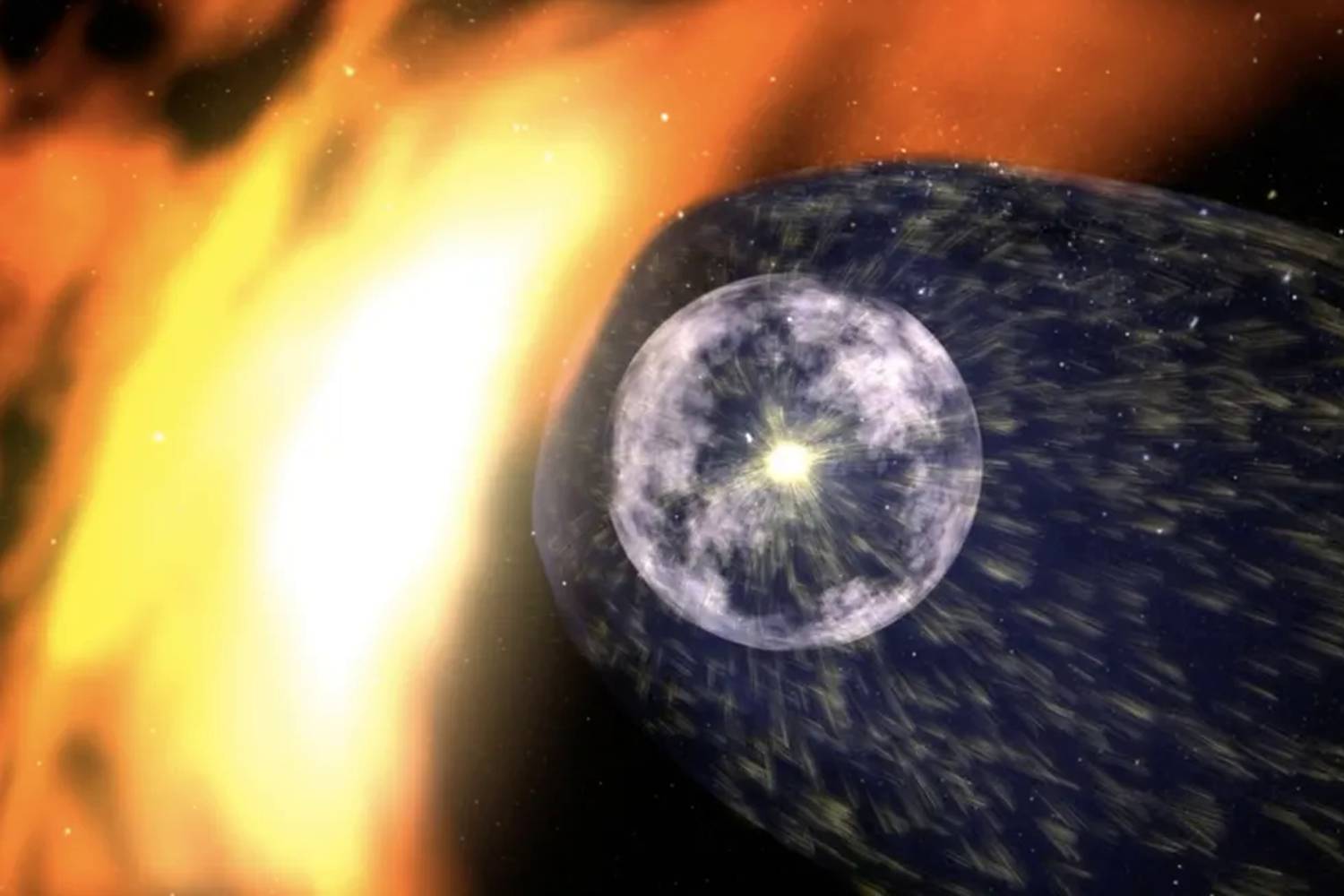A potentially habitable planet, eerily similar to Earth, has been discovered after two decades of painstaking astronomical research. Identified as GJ 251 c, this exoplanet lies within the habitable zone of a nearby red dwarf and could host the right conditions for life. Scientists are cautiously optimistic as they await further data.
After more than 20 years of systematic observations, astronomers have confirmed the existence of an Earth-like planet orbiting a red dwarf star. Located roughly 18 million light-years from Earth, this newly found exoplanet, GJ 251 c, displays key features that make it a strong candidate for habitability.
The discovery, made possible by the Habitable Zone Planet Finder, adds weight to the long-standing scientific effort to find potentially life-supporting worlds beyond our solar system. Researchers believe this is one of the most promising planetary detections in recent years, although they stress that more analysis will be needed to confirm the presence of a viable atmosphere or biological markers.
A Rare Discovery Two Decades In The Making
According to NotebookCheck, the identification of GJ 251 c follows twenty years of targeted research focused on exoplanetary systems with red dwarf stars. This class of stars, while smaller and cooler than the Sun, has increasingly become a focal point in exoplanet studies due to its stability and prevalence in the galaxy.
Researchers credit the Habitable Zone Planet Finder, a highly sensitive infrared spectrograph, for making the detection possible. The instrument measures the tiny shifts in a star’s position caused by the gravitational influence of orbiting planets, data that ultimately led to confirming GJ 251 c’s existence.

Life-friendly Distance From Its Star
One of the most significant aspects of GJ 251 c is its position within the so-called habitable zone, a region around a star where temperatures might allow for liquid water to exist. The planet is located about 12 million kilometers from its host star, a red dwarf with only 36% of the Sun’s mass and about half its surface temperature.
Despite its dimmer output, the star’s close proximity to GJ 251 c creates conditions that could be conducive to life. The planet completes a full orbit every 14 days, maintaining a stable and relatively warm position that has drawn the attention of astrobiologists.
Planet’s Status Under Scientific Scrutiny
According to Suvrath Mahadevan, astrophysicist with the Consortium for Planetary and Exoplanetary Science and Technology:
“This discovery represents one of the best candidates in the search for atmospheric signatures of life beyond Earth in the next five to ten years,” a statement cited by NotebookCheck.
Researchers remain measured in their expectations. Verifying whether GJ 251 c possesses an atmosphere, or identifying any potential biosignatures, will depend on future observations using next-generation telescopes equipped for deep-space spectroscopy, according to the study published in IOPscience.
More discoveries may follow, but now, GJ 251 c stands out as a major achievement in exoplanet science, a result decades in the making, and one that brings the search for life beyond Earth a small but significant step closer.


